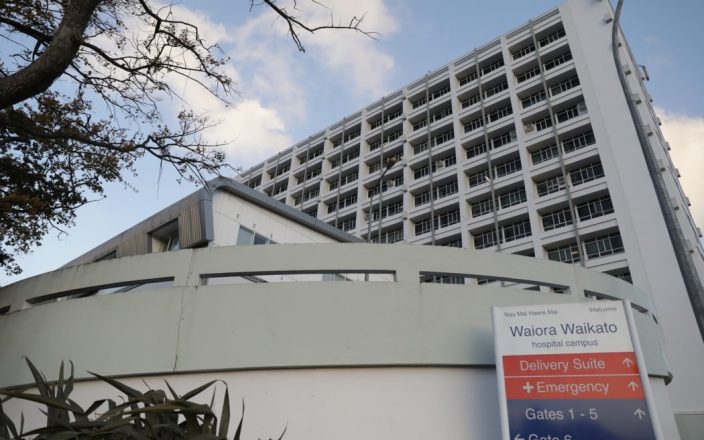怀卡托医院的心脏病科正面临一个大问题。他们需要更多的床位,但目前他们能处理的患者数量是他们的两倍。
医生说,心脏手术的延误会导致漫长的等待时间,长达八周。这意味着患者在等待手术期间会占用其他科室的重要床位。新西兰心脏学会主席、怀卡托前心脏病专家马丁·斯蒂尔斯博士说,该科室可容纳54张床位,但上周有109名患者。
这种溢出会导致 “病床堵塞”,这使得急诊科的患者很难获得病房床位。结果,一些患者被困在急诊室或救护车里等候。目前,有20名住院患者在等待手术。斯泰尔斯博士说,如果有人心脏病发作需要手术,他们可能要等四五个星期。
新西兰卫生部报告说,怀卡托的平均等待时间为29天,但这个数字并不适合所有人。有紧急需求的患者可以更快地接受手术,而症状较少的患者可以等待更长的时间;最近有一位患者等待了54天。
延误是由于设备损坏、外科医生疲劳和医院工作量高等资源问题造成的。怀卡托还缺乏专门的心血管重症监护病房,这意味着如果发生危机,例如车祸,心脏手术就会被推迟。
怀卡托过去常常将一些患者送往奥克兰和惠灵顿接受手术,但现在已经停止了。他们有时会使用附近的私立医院Braemar进行手术。
在新西兰,有五个心脏外科病房,惠灵顿的等待时间最短,约为两到三周。介入心脏病专家莎拉·费尔利博士指出,即使是这样的等待也太长了。她提到,资金问题和设备过时是造成问题的因素。
新西兰卫生部的米歇尔·萨瑟兰承认,由于需求旺盛和劳动力短缺,服务面临压力。她说,他们正在使用Braemar等私人设施来填补公共系统的空白,但这并不会减少来自公共卫生的资源。
萨瑟兰表示,怀卡托医院拥有先进的设备,但大量患者是一项挑战,它影响着所有领域,而不仅仅是心脏病学。



















































-360x245.jpg)










